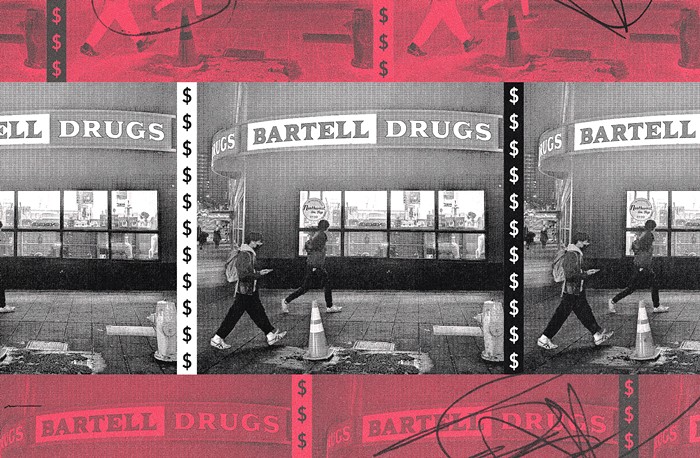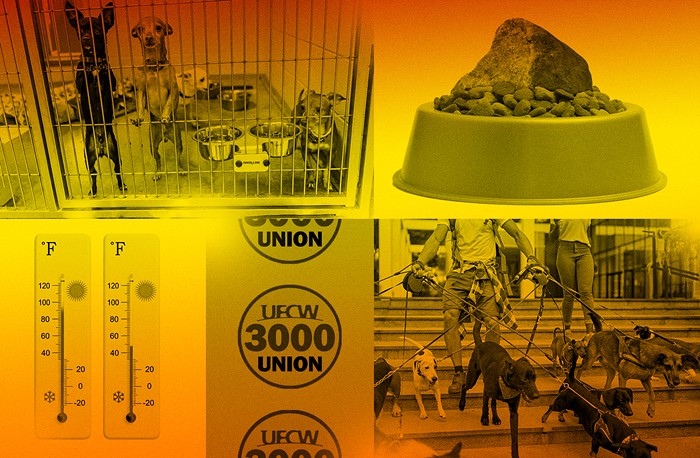The news wasn't all bright for the SMP. As the agency noted in its single-beam report--presented to the agency's Green Line Committee on Tuesday--running the monorail on one beam will increase wait times and could hinder future monorail capacity. It will also make expanding to Northgate more challenging, because its total ridership capacity will be limited. Oddly, the agency director Joel Horn attempts to explain away this flaw by noting that "the commute from Northgate to downtown is extremely well served right now with buses." True--but wasn't the monorail supposed to displace buses, not supplement them? And because Northgate is slated for a massive redevelopment, it seems likely that demand for transit will increase there as well.
The solution, left open by the RFP, may be right under the SMP's nose. Instead of running the monorail on a single track in both Ballard and West Seattle, the SMP could realize substantial savings by using single-track technology in West Seattle only, where no future expansions are planned, allowing the possibility of future line expansions north of Ballard. The time, money, and grief the SMP could save if the monorail proves as successful as agency boosters predict would likely be well worth the extra short-term cost.


















